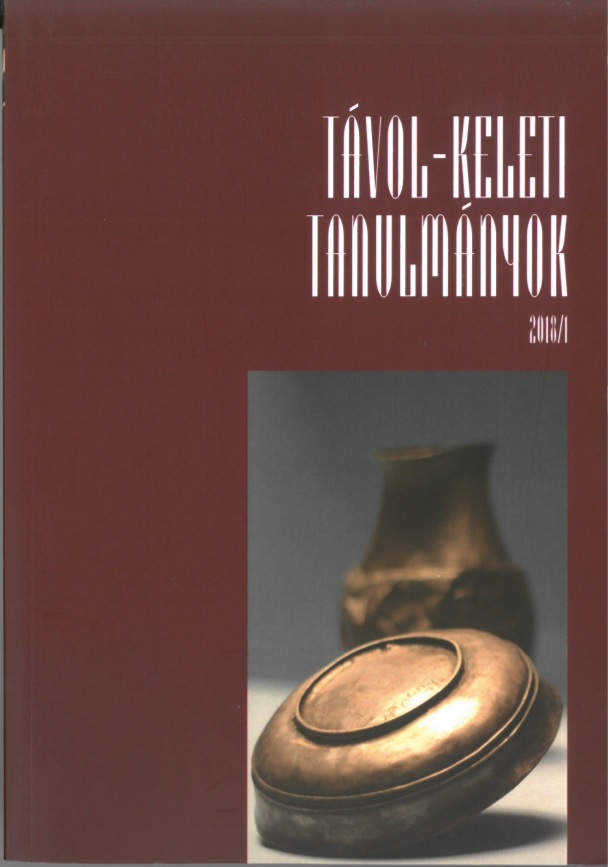Image of Pregnancy and Fetus in the Second Half of the Edo Period: Through Law Texts, Oraimono, and Kyōden’s Gesaku
Published 2019-03-30
Keywords
- Edo period,
- image of children,
- mabiki,
- pregnancy,
- kibyōshi
- Japanese reforms,
- Japanese laws,
- Santō Kyōden,
- picture books ...More
How to Cite
Copyright (c) 2019 the author(s)

This work is licensed under a Creative Commons Attribution-NonCommercial 4.0 International License.
Abstract
In this paper I analyze primary sources to reveal the image of the fetus in the second half of 18th century Japan. While discussing the topic in general, I focus mainly on the decrees issued by Matsudaira Sadanobu to reduce mabiki (infanticide). Through official texts we can approach not only the image of the fetus, but also people’s opinion about childbirth and pregnancy. I point out that the Kansei period was a turning point in both the regulations issued by the authorities and the general image of the fetus shared by common people. I argue that we find the reason of the new mabiki policy of the period in the Tokugawa shogunate’s social system and economic problems. In the second half of the 18th century the regime had to re-evaluate birth control and social welfare. This new political atmosphere clearly influenced people’s ideas. The growing interest in children at the timeemerges in Santō Kyōden’s literary works. Though killing the fetus or the newborn child was a serious and sad event for the parents, Kyōden could encode the topic in a form that could be laughed at. Therefore, reading offered a kind of solution to the conflict that appeared between in the real dangers of giving birth, and the concrete difficulties of everyday life.
